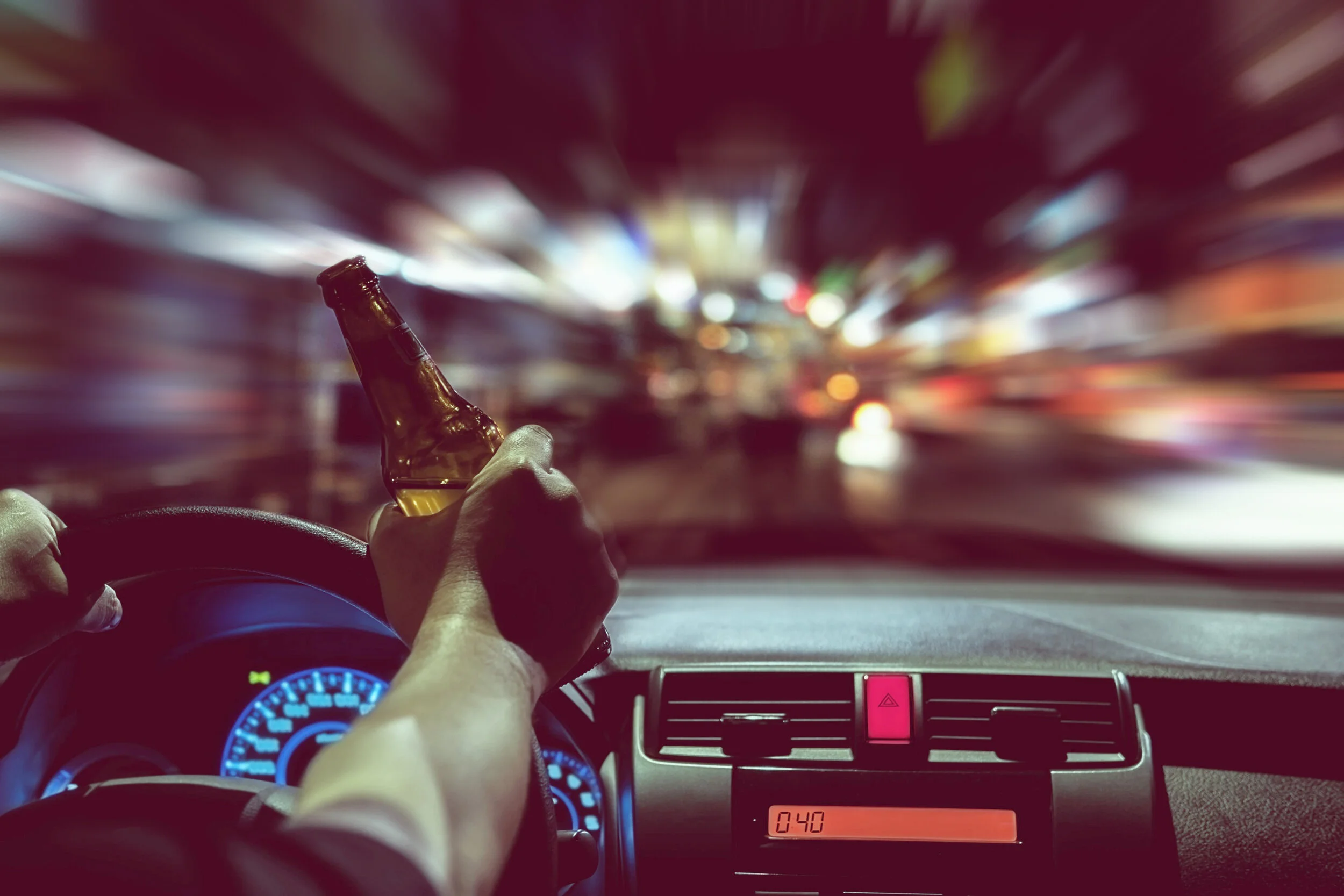If you’ve ever questioned what happens when someone is caught driving under the influence, you’re not alone. Every year, thousands of drivers across the country face DUI charges, often not realizing the full weight of what that means until it’s too late. From legal repercussions to personal setbacks, driving under the influence can derail careers, damage reputations, and change lives in an instant.
In this comprehensive guide, we’ll break down the legal framework behind DUI charges, explain the risks and misconceptions, and explore real-world consequences through case stories and analysis. Whether you’re facing a first offense, supporting someone else through it, or simply want to understand the law better, this article brings clarity in a conversational, story-driven tone that connects legal insight to everyday life.
What Does Driving Under the Influence Really Mean?
Most people associate driving under the influence with drunk driving—and that’s certainly a major piece of the puzzle. However, DUI charges apply to a much broader scope of impairments, including both alcohol and drugs—prescription or illegal.
Legally speaking, a DUI charge stems from operating a motor vehicle while your physical or mental abilities are impaired by substances. In most states, a blood alcohol content (BAC) of 0.08% or higher is enough to trigger a charge. But even if you’re below the limit, if an officer believes you’re impaired, you can still be arrested.

Real-World Example:
James had two glasses of wine at dinner and felt fine driving home. He got pulled over for a broken taillight. The officer smelled alcohol, administered a field sobriety test, and arrested James. His BAC came in at 0.07%—under the legal limit—but the officer claimed James showed signs of impairment. He was charged with driving under the influence despite not being “legally drunk.”
This example shows just how nuanced DUI laws can be—and why they matter more than most realize.
DUI Laws Vary—But the Stakes Are Always High
Each state sets its own laws regarding driving under the influence, but the penalties follow a similar pattern. First-time offenses often include fines, license suspensions, and mandatory education programs. Repeat offenses can lead to jail time, permanent license revocation, and even felony charges.
Common Penalties for DUI:
- Fines: Ranging from $500 to over $10,000 depending on the state and offense
- License Suspension: Often from 90 days to several years
- Ignition Interlock Device: A breathalyzer installed in your car
- Mandatory DUI School: Education or rehabilitation programs
- Jail Time: Especially for second or third offenses, or if injuries occurred
- Felony Charges: When aggravating factors like child endangerment or serious injury apply
Some states also impose zero-tolerance laws for underage drivers, meaning any detectable amount of alcohol can result in a DUI charge.
Why People Still Drive Under the Influence—Despite the Risks
It’s easy to judge people who get DUIs—until you hear their stories. The truth is, many people charged with driving under the influence never intended to break the law. Misjudgment, misinformation, and habit often play a major role.
Factors Behind DUI Decisions:
- Underestimating BAC: Many believe they’re “okay to drive” after a couple of drinks
- Peer pressure or social norms: Especially in casual or celebratory settings
- Dependence on personal transportation: Some avoid rideshares due to cost or convenience
- Assumption of legal prescriptions being safe: People don’t realize their medication affects driving
This leads to one of the most damaging myths: “I’m fine because I’m not drunk.” Impairment doesn’t always look or feel obvious—but it matters legally and physiologically.
The Science Behind Impairment
Understanding how substances affect the body is key to grasping the seriousness of driving under the influence. Alcohol impacts reaction time, decision-making, vision, and motor coordination. Even low doses begin to slow mental processes, often before the driver even feels the effects.
Drugs—whether marijuana, painkillers, anti-anxiety meds, or stimulants—create a wide range of symptoms. Some cause drowsiness, others paranoia or aggression. When combined with driving, the result is unpredictable and dangerous.
Analytical Insight:
According to NHTSA data, even a BAC of 0.02% can impair visual functions and decrease the ability to perform two tasks at the same time—both essential for safe driving.
This is why many DUI attorneys now argue that education around impairment should begin earlier and focus not just on alcohol, but on the cumulative effects of all substances behind the wheel.
Consequences Go Beyond the Courtroom
The legal penalties for driving under the influence are significant, but they’re just the beginning. A DUI conviction often has personal, financial, and social consequences that last much longer than the court sentence.
Long-Term Impacts of a DUI:
- Employment problems: Certain industries (like education, healthcare, law enforcement, and transportation) may terminate employees after a DUI conviction
- Higher insurance premiums: Rates often double or triple after a DUI
- Stigma: Community perception and family relationships may suffer
- Loss of professional licenses: Medical, legal, and commercial driver’s licenses are especially at risk
- Travel restrictions: Countries like Canada can deny entry to individuals with DUI convictions
Even a single mistake can echo for years—turning what felt like “just one bad night” into a life-altering event.
The Court Process: What to Expect After a DUI Arrest
Navigating the legal system after being arrested for driving under the influence can be overwhelming. But knowing what to expect can help reduce panic and encourage smarter decisions.
Step-by-Step DUI Legal Process:
- Arrest and Booking: Typically involves a night in jail, fingerprinting, and release on bail or bond
- Arraignment: The first court appearance, where you enter a plea
- Administrative License Suspension Hearing: Often separate from the criminal trial; determines whether your license will be suspended
- Pre-Trial Proceedings: Includes motion hearings, discovery of evidence, and negotiations
- Trial: If no plea deal is reached, the case goes to trial before a judge or jury
- Sentencing: If convicted, the judge determines penalties
Throughout this process, legal representation is crucial. A DUI lawyer can identify weak spots in the case, suppress unlawful evidence, and negotiate for reduced charges or alternative sentencing.
Myths About Driving Under the Influence That Hurt Your Defense
When someone’s been charged with DUI, misinformation often makes things worse. Believing these common myths can lead to missed deadlines, poor legal strategies, and increased penalties.
Dangerous DUI Myths:
- “If I refuse the breath test, they can’t convict me.”
- “A DUI won’t show up on background checks after a few years.”
- “Only alcohol-related cases count as DUI.”
- “First-time offenders don’t get punished seriously.”
- “I can talk my way out of it if I explain.”
In truth, refusing a breathalyzer may result in automatic license suspension in many states. DUI convictions remain visible to employers and government agencies. And no matter how minor it feels, driving under the influence is taken seriously by both prosecutors and judges.
Alternatives to Jail Time After a DUI Conviction
While the consequences of driving under the influence are harsh, courts also recognize the value of rehabilitation. In some cases, first-time or non-violent offenders may qualify for alternative sentencing or programs.
Common DUI Diversion Options:
- Probation instead of jail time
- Substance abuse treatment
- Community service
- DUI court programs with regular check-ins
- Ignition interlock programs
These options are not guaranteed but can often be secured through legal negotiation. Working with a DUI attorney increases the chance of accessing these alternatives and building a more favorable outcome.
Real-Life Story: From DUI Charge to Turnaround
Michael, a 28-year-old sales rep, was arrested for driving under the influence after leaving a client dinner. With no prior record and a BAC of 0.09%, he faced misdemeanor charges. Instead of pleading guilty, he worked with a DUI attorney who identified inconsistencies in the officer’s report.
The court agreed to a deferred adjudication program. Michael completed DUI education, paid his fines, and kept the conviction off his record. Today, he volunteers with a youth DUI prevention program—something he says keeps him accountable and focused on change.
How to Prevent a DUI—It’s Not Just Common Sense
Avoiding a DUI takes more than just deciding not to drive drunk. Planning ahead and knowing your limits—legally and biologically—makes a massive difference.
DUI Prevention Tips:
- Use rideshare apps or public transport
- Have a designated driver before the night begins
- Know how alcohol affects you personally (not just by drink count)
- Don’t mix medications or drugs with alcohol
- If in doubt, don’t drive—wait it out or call for help
Even if you think you’re okay to drive, it’s not worth the risk. The legal system doesn’t care how you felt—only what your actions were behind the wheel.

Final Thoughts: Facing the Truth About Driving Under the Influence
Understanding DUI: The Risks, Laws, and Consequences isn’t just about staying out of jail—it’s about staying safe, making informed choices, and recognizing that this issue touches more lives than we often admit. From victims of drunk driving accidents to individuals who’ve made one bad decision, the ripple effects are massive.
If you or someone you know is facing a DUI charge, don’t wait to act. Talk to a qualified attorney. Get educated about your options. Most importantly, understand that driving under the influence is never just a traffic violation—it’s a legal, personal, and public safety issue that deserves your full attention.

